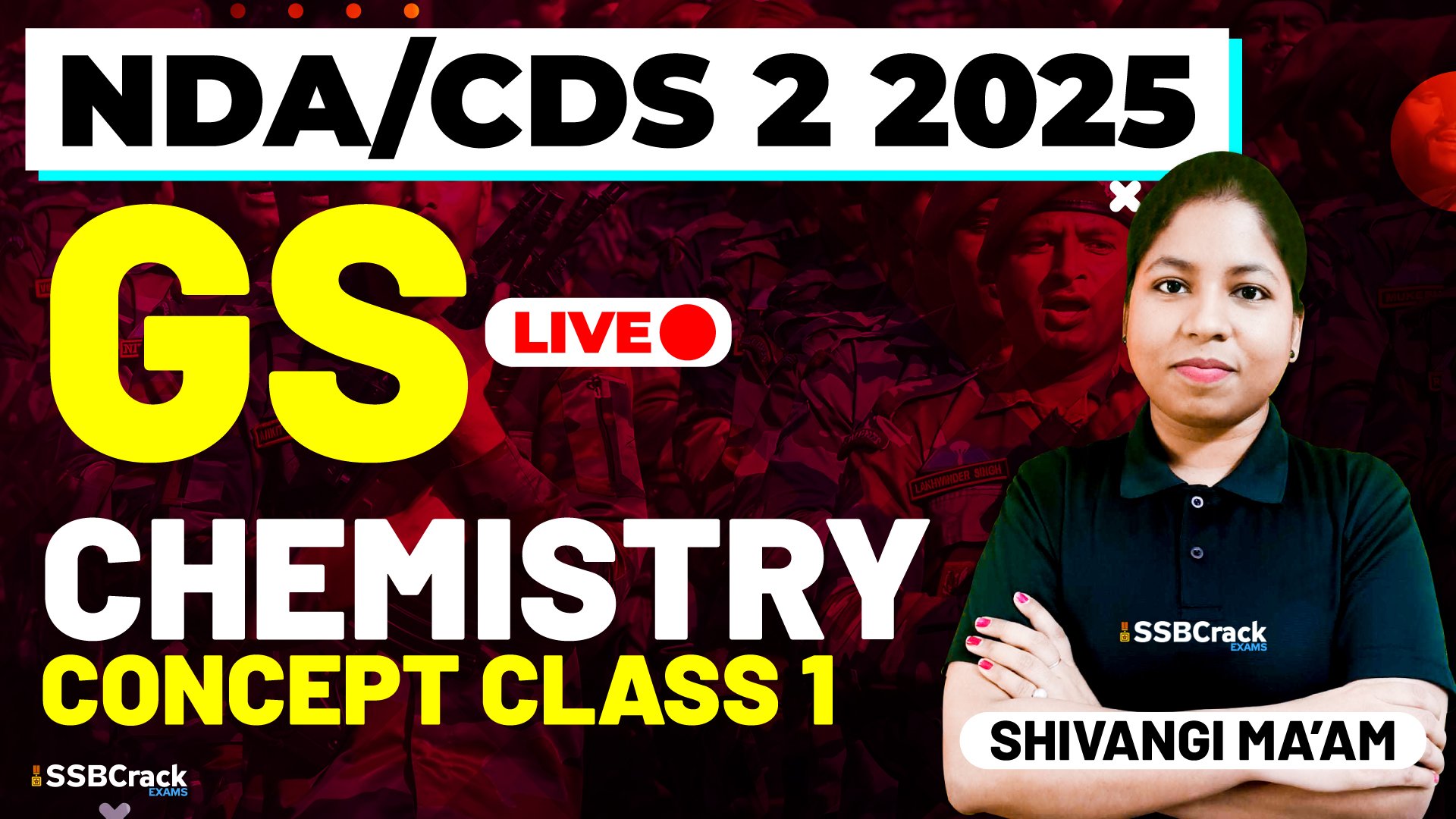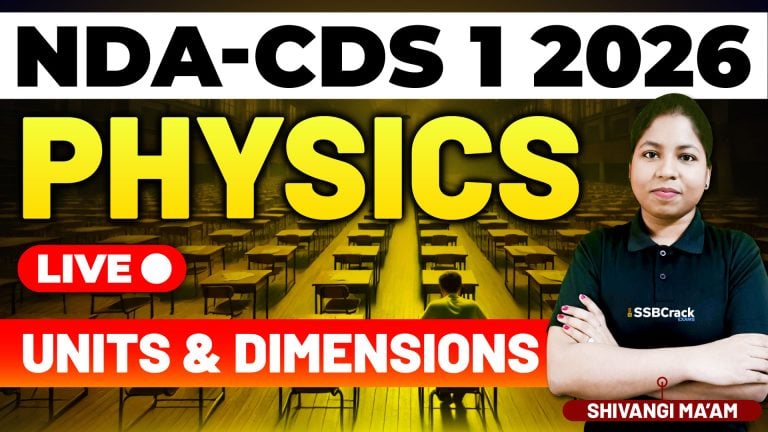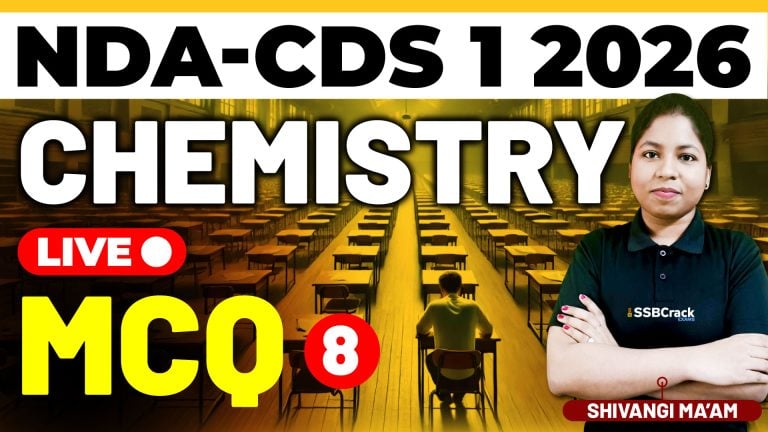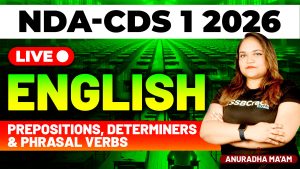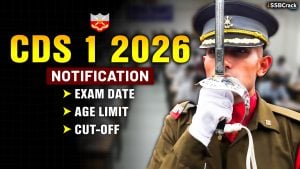Introduction
Understanding the basic concepts of chemistry is crucial for competitive exams like NDA and CDS, where fundamental science questions are frequently asked. Topics such as acids, bases, salts, atomic structure, and the classification of matter into elements, compounds, and mixtures form the foundation of physical and chemical sciences. These concepts help explain the composition, properties, and reactions of matter that are central to daily life and scientific study.
Acids, Bases, and Salts
Acids are substances that release hydrogen ions (H⁺) when dissolved in water. They generally have a sour taste and turn blue litmus paper red. Common examples include hydrochloric acid (HCl), sulfuric acid (H₂SO₄), and citric acid found in fruits. Bases, on the other hand, are substances that release hydroxide ions (OH⁻) in water. They have a bitter taste, slippery feel, and turn red litmus paper blue. Examples include sodium hydroxide (NaOH) and calcium hydroxide (Ca(OH)₂).
When an acid reacts with a base, a neutralization reaction occurs, producing salt and water. For instance, HCl + NaOH → NaCl + H₂O. Salts are ionic compounds formed from the positive ion of a base and the negative ion of an acid. They can be neutral, acidic, or basic depending on the strength of the acid and base used in the reaction. The pH scale, ranging from 0 to 14, is used to measure the acidity or basicity of a substance.
Elements, Compounds, and Mixtures
All matter is made up of tiny particles called atoms. These atoms combine in different ways to form elements, compounds, and mixtures. Elements are pure substances consisting of only one type of atom. Examples include oxygen (O₂), hydrogen (H₂), and iron (Fe). They are listed in the periodic table and cannot be broken down into simpler substances by chemical means.
Compounds are substances formed when two or more different elements chemically combine in fixed proportions. Water (H₂O), carbon dioxide (CO₂), and sodium chloride (NaCl) are common examples. These have properties different from the individual elements that make them up.
Mixtures are combinations of two or more substances (elements or compounds) that are physically combined and can be separated by physical methods. Mixtures can be homogeneous (uniform composition, e.g., air or saltwater) or heterogeneous (non-uniform composition, e.g., sand in water).
Atomic Structure
The concept of atomic structure provides a deeper understanding of how matter behaves. An atom consists of three primary subatomic particles: protons (positively charged), neutrons (neutral), and electrons (negatively charged). Protons and neutrons are located in the nucleus at the center of the atom, while electrons revolve around the nucleus in specific energy levels or shells.
The number of protons in the nucleus defines the atomic number of an element, which determines its identity in the periodic table. The arrangement of electrons around the nucleus influences an element’s chemical properties and reactivity. Models such as Bohr’s atomic model explain the energy levels and how electrons transition between them by absorbing or emitting energy.
Understanding atomic structure also helps in explaining isotopes (atoms of the same element with different numbers of neutrons) and ions (charged atoms that have lost or gained electrons).
Conclusion
In summary, the foundational chemistry concepts of acids, bases, salts, the classification of matter, and atomic structure are essential for developing a clear understanding of both natural and industrial processes. These topics not only form a critical part of the NDA/CDS syllabus but also help in everyday reasoning about the materials and substances we interact with. A strong grasp of these basics will enhance your problem-solving skills and scientific awareness for any competitive examination.
